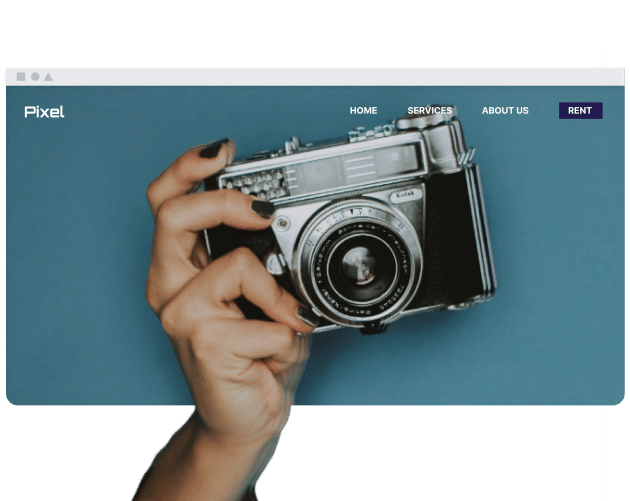Consider each of the following aspects when designing mobile-specific CTAs:
- Screen size: Understand the screen sizes of different manufacturers and device models.
- Type of device: Create separate optimizations for smartphones and tablets.
- Interaction preferences: Look at any data you have to determine how users prefer to interact on your pages. Use tools like Hotjar to get an idea.
What are the best practices for crafting high-converting mobile CTAs, including design, placement, and wording?
To give yourself the best possible chance of improving conversion rates, you must consider multiple aspects. These include wording, your CTA design, and where you place it on your pages.
Consider each of these core elements:
- Language: Use clear and concise language that gives the user a reason to take action. Use action-oriented phrasing so your audience knows what you want them to do.
- Audience knowledge: Understand your audience so that you can optimize your CTAs for them. Research their on-page behaviors and know which pain points they want to be solved.
- Design: Use a CTA design that instantly stands out to the reader, and make sure that it is consistent with your branding. Consider using a visual element, such as a button, to make your CTA clearer.
- Touch optimization: Since the majority of mobile users will use a touchscreen, you should ensure that your buttons are easy to tap on with a finger.
How can I best measure and interpret the performance of mobile call-to-action elements (CTAs)?
You’ll first need to understand your business goals and then determine which metrics are the most important to measure. Start by measuring your click-through and conversion rates.
- Click-through rates: This is the percentage of people who click on your CTA when they see it. Use this metric to determine whether your audience is interacting with your CTA in the first place.
- Conversion rates: This refers to the percentage of people who complete your desired action after clicking on the CTA. Use this metric to determine the success of your messaging and whether you need to refine your products/services.
Once you’ve set up the tools to measure your click-through and conversion rates, you must split-test your CTA variations. Look at what does and doesn’t perform, and make changes based on the data you acquire. Identify any patterns that may emerge, too; you need to have high-quality information to make such observations.
How do mobile CTAs boost the effectiveness of mobile marketing campaigns?
Mobile CTAs can help you create more effective marketing campaigns, but only if you carefully align them to your goals. Some of the reasons you should consider using these CTAs, instead of allowing desktop-optimized CTAs to appear on mobile devices, are listed below.
- Conversion and click-through rates: Your mobile-optimized CTAs will have a direct impact on your conversion and clickthrough rates from mobile devices. Testing their functionality will also influence your results in these areas.
- Sense of urgency: Mobile CTAs can create a perceived need for immediate action, influencing marketing effectiveness. You could potentially increase sales; however, you should avoid being inflammatory or misleading.
- Lead nurturing: When users click on a mobile CTA, you can move them further down the marketing funnel.
It’s worth noting that you should use your own judgment and testing. The effectiveness of a mobile CTA style can vary significantly across different audiences. Think about your specific campaign objectives before customizing your mobile CTA.
Conclusion
CTAs are important across your website, but it’s essential that you optimize these for mobile devices and you don’t just use your desktop ones here. Several aspects go into developing a mobile-specific CTA; you’ll need to think about design, wording, and placement.
Measuring your mobile-specific CTAs will require regular testing and optimization. Create different CTAs for varying campaigns and audiences.
Understand your business objectives and then measure your conversion/click-through rates accordingly. Ensure that your CTAs match your branding, and create different designs for smartphones and tablets.

